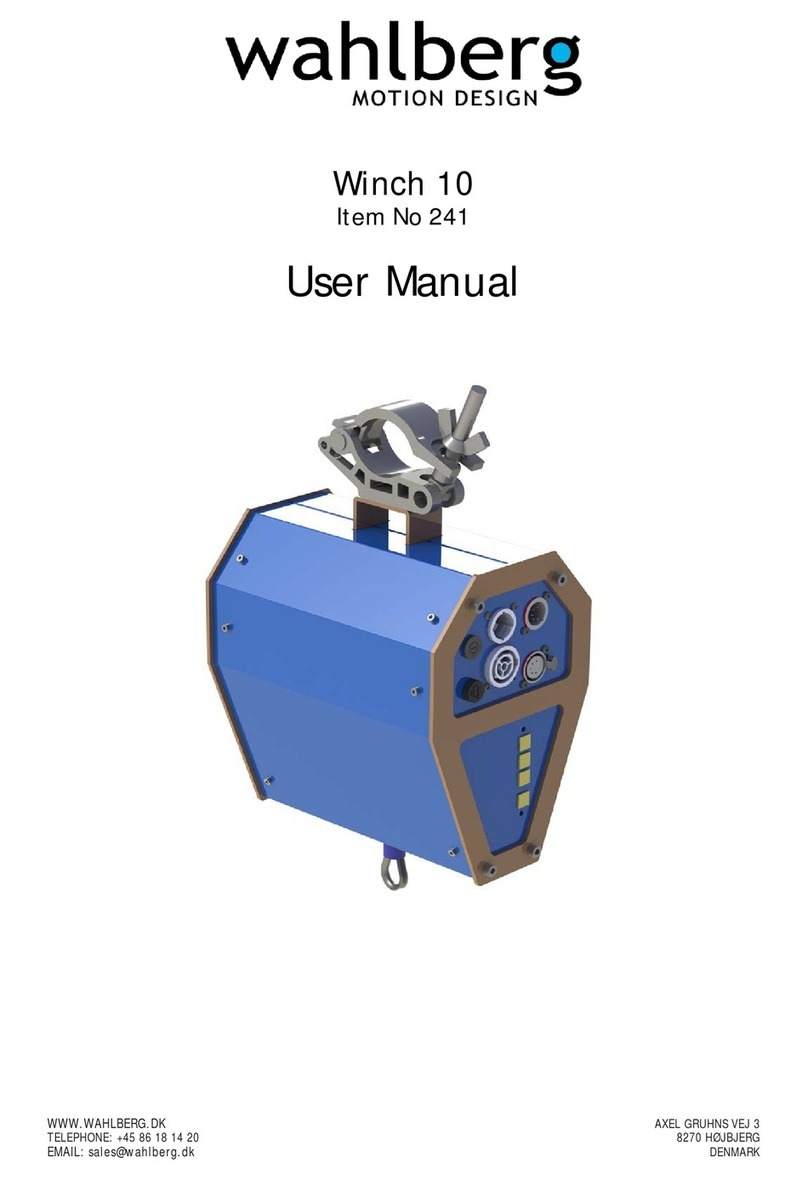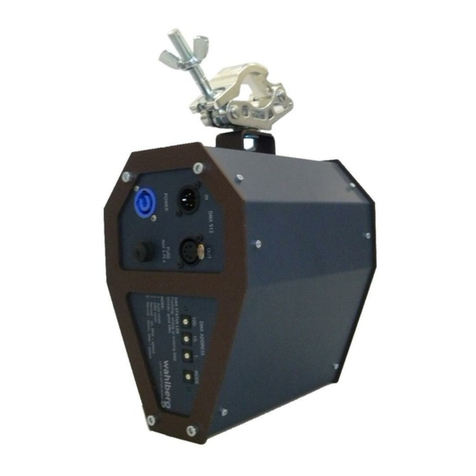289.805.003 4Date: 2018-11-28
Index
SAFETY INFORMATION 2
INDEX 3
TECHNICAL SPECIFICATIONS 5
DRAWING 6
INTRODUCTION 7
PACKAGE CONTENT ...................................................................................................................................... 7
DESCRIPTION............................................................................................................................................... 7
AREA OF USE............................................................................................................................................... 8
USING FOR THE FIRST TIME ............................................................................................................................ 8
TRANSPORT ................................................................................................................................................ 8
PHYSICAL INSTALLATION 9
FASTENING THE MINI ROLL DOWN TO A FLAT SURFACE ...................................................................................... 9
MOUNTING THE MINI ROLL DOWN ON A TRUSS (TUBE/PIPE).............................................................................. 9
AC POWER 10
VOLTAGE.................................................................................................................................................. 10
POWER CABLES AND POWER PLUG ................................................................................................................ 10
INSTALLING A POWER INPUT CONNECTOR ON A POWER CABLE ........................................................................... 10
DATA LINK 11
TIPS FOR RELIABLE DATA TRANSMISSION ........................................................................................................ 11
CONNECTING THE DATA LINK........................................................................................................................ 11
SETUP 12
MOUNTING THE LOAD ................................................................................................................................ 12
MODE SETTING.......................................................................................................................................... 13
DMX ADDRESS SETTING AND CHANNEL OVERVIEW........................................................................................ 13
SETTING THE TOP AND END POSITIONS........................................................................................................... 15
POSITIONING............................................................................................................................................. 16
MANUAL OPERATION USING THE CONTROL BOX ............................................................................................. 17
CONTROL BOX AND HARD-LIMIT SWITCH PORT................................................................................................ 17
DUTY-CYCLE.............................................................................................................................................. 18
SYNCHRONIZED MOVEMENTS OF MULTIPLE MINI ROLL DOWNS......................................................................... 18
SERVICE AND MAINTENANCE 19
SPARE PARTS............................................................................................................................................. 19
ON-SITE SERVICE........................................................................................................................................ 19
MAINTENANCE PLAN .................................................................................................................................. 19
CHECKLIST ................................................................................................................................................ 20
APPENDIX 1 - DIMENSIONS 21
APPENDIX 2 –POWER CONNECTOR 21
APPENDIX 3 - BLOCK DIAGRAM 24
MINI ROLL DOWN –CHEAT SHEET 25






























